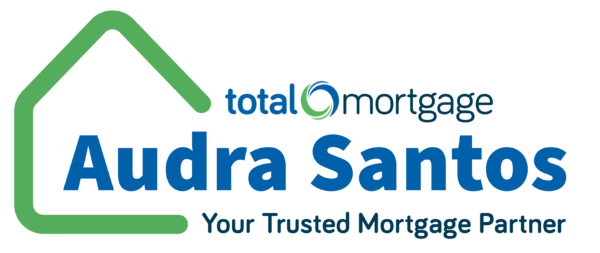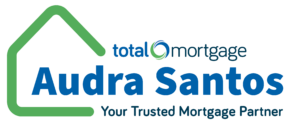Fixed Rate Mortgages
A fixed-rate loan features the same payment for the entire duration of your mortgage. Your property taxes increase, or rarely, decrease, and your insurance rates might vary as well. For the most part payments on a fixed-rate mortgage will increase very little.
When you first take out a fixed-rate mortgage loan, most of your payment goes toward interest. As you pay , more of your payment is applied to principal.
Borrowers might choose a fixed-rate loan to lock in a low interest rate. Borrowers select fixed-rate loans because interest rates are low and they wish to lock in at the low rate. For homeowners who have an ARM now, refinancing into a fixed-rate loan can provide more consistency in monthly payments. If you have an Adjustable Rate Mortgage (ARM) now, we’d love to assist you in locking a fixed-rate at the best rate currently available. Call Community Trust Lending Team at Norcom Mortgage-NMLS ID#71655 at (203) 526-9345 for details.
Adjustable Rate Mortgages
ARMs, as we called them above — come in even more varieties. ARMs are generally adjusted every six months, based on various indexes.
Most programs have a cap that protects you from sudden increases in monthly payments. Your ARM may feature a cap on how much your interest rate can increase in one period. For example: no more than a couple percent a year, even if the underlying index increases by more than two percent. Sometimes an ARM has a “payment cap” that guarantees that your payment can’t go above a fixed amount in a given year. In addition, almost all adjustable programs feature a “lifetime cap” — this cap means that the rate can’t go over the cap amount.
ARMs most often feature the lowest rates toward the beginning. They usually guarantee that rate for an initial period that varies greatly. You may have heard about “3/1 ARMs” or “5/1 ARMs”. For these loans, the introductory rate is set for three or five years. It then adjusts every year. These loans are fixed for 3 or 5 years, then they adjust after the initial period. Loans like this are best for people who expect to move in three or five years. These types of ARMs benefit people who will move before the loan adjusts.
You might choose an Adjustable Rate Mortgage to get a very low introductory rate and plan on moving, refinancing or simply absorbing the higher rate after the introductory rate expires. ARMs can be risky when housing prices go down because homeowners can get stuck with increasing rates if they can’t sell their home or refinance with a lower property value.




